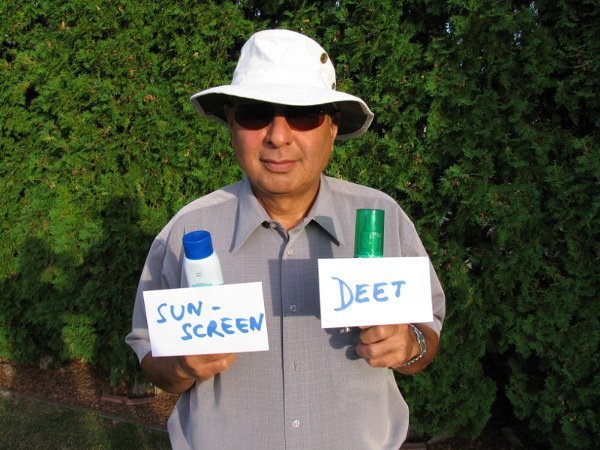Is there a place on this earth where you can find peace and tranquility? If you are keeping abreast of the current events then you would think the end is near. That there is no escape from this unfair and cruel world. There are disasters caused by men and there are disasters caused by nature. So, who is on your side?
Well, it has to be you, your family and your friends. But there is one more place where you can find solace. Let me explain.
I have been interested in meditation since I was a little boy. I was born in a very religious family and daily early morning meditation was encouraged. Not that I always ended up meditating but the importance of meditation in once life was ingrained in me.
Recently, I have been thinking of going to the Himalayas and spend few weeks as a monk and meditate. I will not have to shave my head as I do that every day. I will have to get a saffron coloured rob and a pair of sandals. After a week of meditation, I should find peace and tranquility, walk on water, play a piano, ski on black diamond mountains…and the list goes on.
Then I read the following story on the Internet from one TG from London:
One day a young student at the Buddhist monastery goes to meditate with two monks as part of his education. They go to the opposite side of the lake from the monastery and are about to start their morning meditation when the first monk says, “Oh no, I forgot my mat”. So he walks up to the lake and walks calmly across the surface of the water to the monastery and returns with his mat.
Suddenly, the second monk says, “Oh no, I’ve forgotten my sun hat”. So he runs across the surface of the water to the monastery and returns with a straw hat.
The student is astounded by this and at the end of the meditation he tries to walk across the water. He falls straight in and emerges soaking wet. The two monks look on and after watching his failed attempts for a while the first monk says to the second, “Do you think we should tell him where the stones are!”
If you meditate regularly then you may not be able to walk on water but you will walk through your daily anxieties in a more philosophical and tranquil way. Health is a state of balance between the mind, body, and consciousness. There are many ways to achieve this balance and practice of meditation is one way. Meditation is self-guided, passive attention to single object of focus.
As we know, the practice of meditation has occurred worldwide since ancient times. There are numerous techniques of meditation – religious or otherwise. It should be effortless. Meditation helps in the purification of body, mind and soul. Meditation appears to impact more strongly when the anxiety is primarily psychological, such as excessive worrying.
Ideally, meditation should be done in a quiet room so you can concentrate to a visual image, a repeated word or a body sensation such as breathing. But there are many ways to meditate. We will discuss that in the next couple of articles.
Finally, while in London, Buddha purchased a copy of The Big Issue from a street vendor with a £10 note. When Buddha asked for his change, the vendor looked with a smile and said, “Ah, change must come from within…”
Think about that. And ah, what will we do without Internet? Stay tuned.
Start reading the preview of my book A Doctor's Journey for free on Amazon. Available on Kindle for $2.99!
